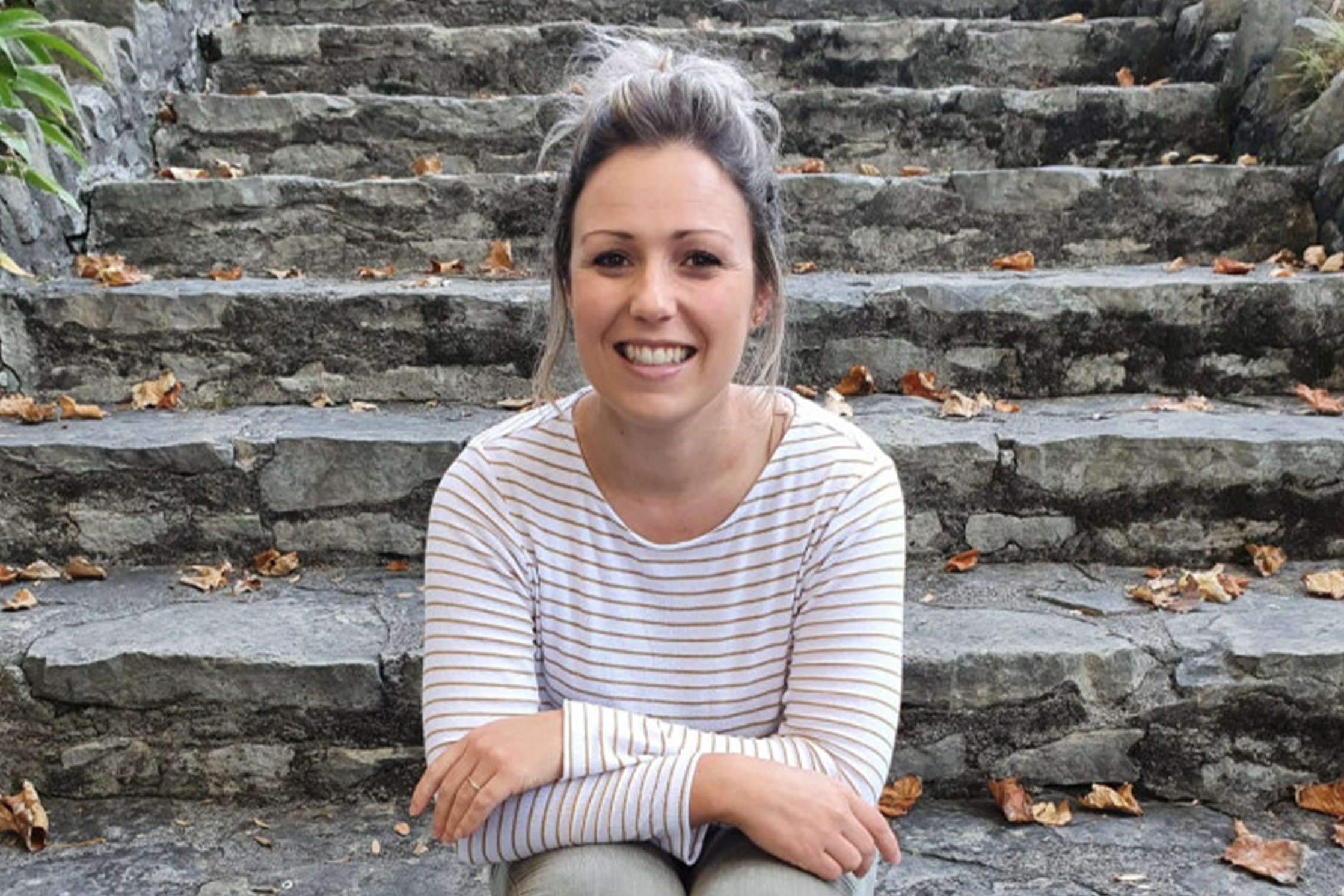A creepy encounter with artificial light.

Bridgette is officially joining the Te Pūkenga NMIT team on 1 May and is supported by the Rutherford Foundation Postdoctoral Fellowship.
She is based in the Waikato region, where she is dedicated to protecting New Zealand invertebrates from decline. Some of her detective work on threatened freshwater mussels was documented on Seven Sharp(external link).
“Conservation biology is a deep-rooted love of mine that has driven a lot of my career decisions to date,” she said.
“While pursing my PhD, I had the opportunity to identify an emerging risk to our wildlife and was drawn to the impacts of light pollution and how it changes animal behaviour.”
Bridgette’s current research will look at how light impacts the behaviour of nocturnal spiders and how the interactions between them and other species changes. The knock-on effects may have a detrimental impact on the ecosystem; allowing certain invertebrate populations to potentially get out of control.
“Light at night is so valuable for modern society, but it would be great to have a deeper understanding of the ecological impacts it has, so we can design more fauna-friendly lighting,” said Bridgette.
“We may be able to change wavelengths, timing, or duration of light for the benefit of everyone.”
Bridgette is excited to be contributing to conservation research in Aotearoa, and that she is a part of Te Pūkenga NMIT.
“NMIT has some talented research staff that I have enjoyed interacting with,” she said.
“The dedication and commitment I have seen is really inspiring and I'm grateful for the opportunity to work with people who truly embody being a mentor.”

